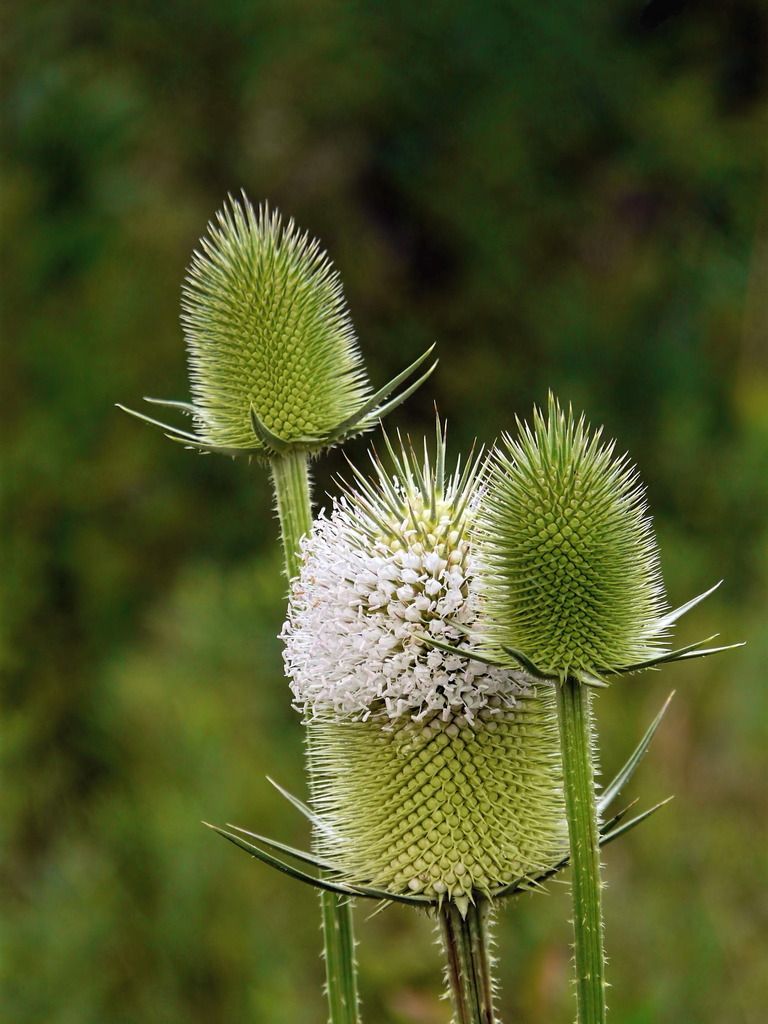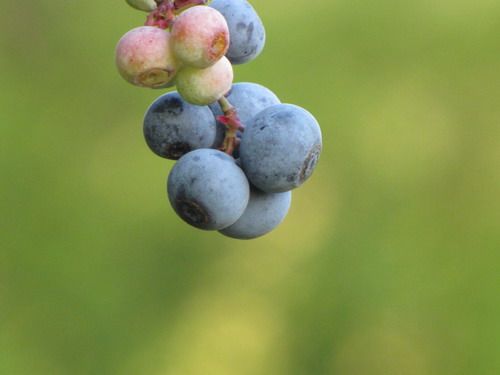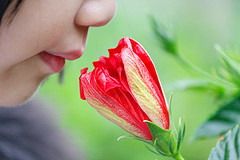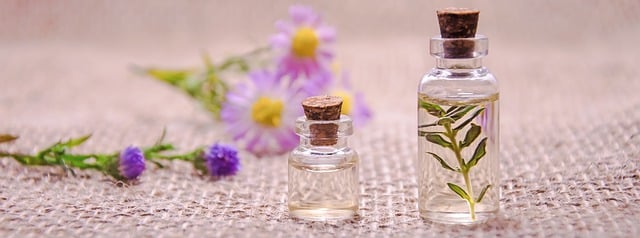 Nature provides us an abundance of healing compounds in the plants that surround us on this planet. Although plants seem very different from us, they have to deal with many of the same challenges we have and they have developed chemical ways of dealing with these challenges over the eons. We can often use the chemicals they have developed to help us meet the same challenges.
Nature provides us an abundance of healing compounds in the plants that surround us on this planet. Although plants seem very different from us, they have to deal with many of the same challenges we have and they have developed chemical ways of dealing with these challenges over the eons. We can often use the chemicals they have developed to help us meet the same challenges.
Plants are prone to attacks by viruses and bacteria just like us. Plants have to deal with the toxic effects of free radicals just like us. Plants have to create hormones to regulate their growth, promote healing, and protect themselves from pests – just like us. And the ways they have done this is by creating unique chemical compounds to provide for these needs. We can use their creations to help us with the same types of problems that we might encounter. The world of medicine basically revolved around the use of plants and extracts derived from plants for thousands of years. Mother Nature was our pharmacy up until about 150 years ago.

Most people are not aware that it is the pharmaceutical companies that have been doing the vast majority of the research into plant medicine for a long time now. They test thousands of plant compounds every year trying to find those plants that have some therapeutic benefit for man. Then they try to figure out how to duplicate those plant compounds synthetically so that they can produce a patent medicine. Natural substances can’t be patented. Without a patent, a company can not make a profit from having a unique product, otherwise anyone could use their research and simply copy their product by using the same plant extracts.
But most of this research is unknown to the common man. Bits and pieces leak out now and then and make great articles in popular health magazines as “miracle healing plant discoveries.” Rarely however do the miracle discoveries prove to be as beneficial to humans as it was to the lab animals it was originally tested upon. Sometimes they find big winners, and eventually they become blockbuster drugs. Medical doctors much prefer these patent drugs because finding the right dose is very difficult with natural products as the desirable plant chemicals vary hugely from batch to batch. Synthetic drugs are very trustworthy in their defined dosing, with only the complication of the individual patient responses to deal with.

We enjoy the healing benefit of plants whenever we eat them for meals. Most of us are aware of the anti-oxidants in blueberries, cherries, and most other dark skinned fruits. All the vegetables provide us with important vitamins and minerals. Plants are full of all kinds of healthful nutrients. But a special level of beneficial elements is found in the flowers and seeds of plants that only last for a season – parts we generally don’t eat. The plant goes all out to create high levels of important plant compounds to protect and ensure the functioning of the flowers and seeds, as these are why the plant does what it does. Flowering plants focus their energy on reproducing themselves and spreading their well-protected seeds all over the place. The flowers also specialize in producing scents to attract bees and other insects to pollinate them. These fragrant plant hormones are designed to alter the brain chemistry of the insects to get them to do what the plant wants. They affect our brains just as much as they affect the insect brains. And since our brain controls everything else in our body, these plant fragrances can affect many of our body functions.

This is the realm of plant essential oils. For ages, humans have been harvesting these fragrant essences from plant flowers and leaves to use as both perfume and for medicinal purposes. Probably the oldest method of extracting these oils is to put the fragrant plant parts into an oil like olive oil or into a wine or other alcohol source. The fragrant part of the plant is in oil form and will dissolve into the oil or alcohol, pulling it out of the plant. To concentrate it further, the oil extract could be allowed to sit for a time after the plant matter is removed, and the lighter essential oils would rise to the surface, or the wine base could be allowed to evaporate away leaving the essential oils. Many more modern methods have been developed, with the most common method currently used to form therapeutic grade essential oils being steam distillation. In the perfume industry extracting the oils with solvents is the most widely used method.

As long time readers of this newsletter may recall, I have touted the benefits of Thyme oil many times in the past as an excellent antibacterial and antifungal agent. Many of you may have used it in the past and you may not know that thyme oil is the active ingredient in Listerine mouthwash – although it is disguised under the name thymol. Each plant essential oil has its own special healing benefits. Many of these benefits are because of the delicate way in which they alter our mood and therefore how our brain functions. These alterations produce very real changes in our physiology. Other properties of the oils are very physical in their interactions, like their ability to kill bacteria, speed wound healing, and actually alter our hormone functioning. Most plant oils are estrogen mimickers, so women that need to avoid estrogens should also avoid most essential oils. They can interfere with female hormone cycles in sensitive individuals.

An excellent source for a description of the properties of many of the essential oils can be found at mercola.com in this article. Each essential oil listed is a link to a whole page written just on the many benefits and uses for that oil.
Mercola link
This guide can give you a good introduction to the power of essential oils and how they can be used to enhance your life.
